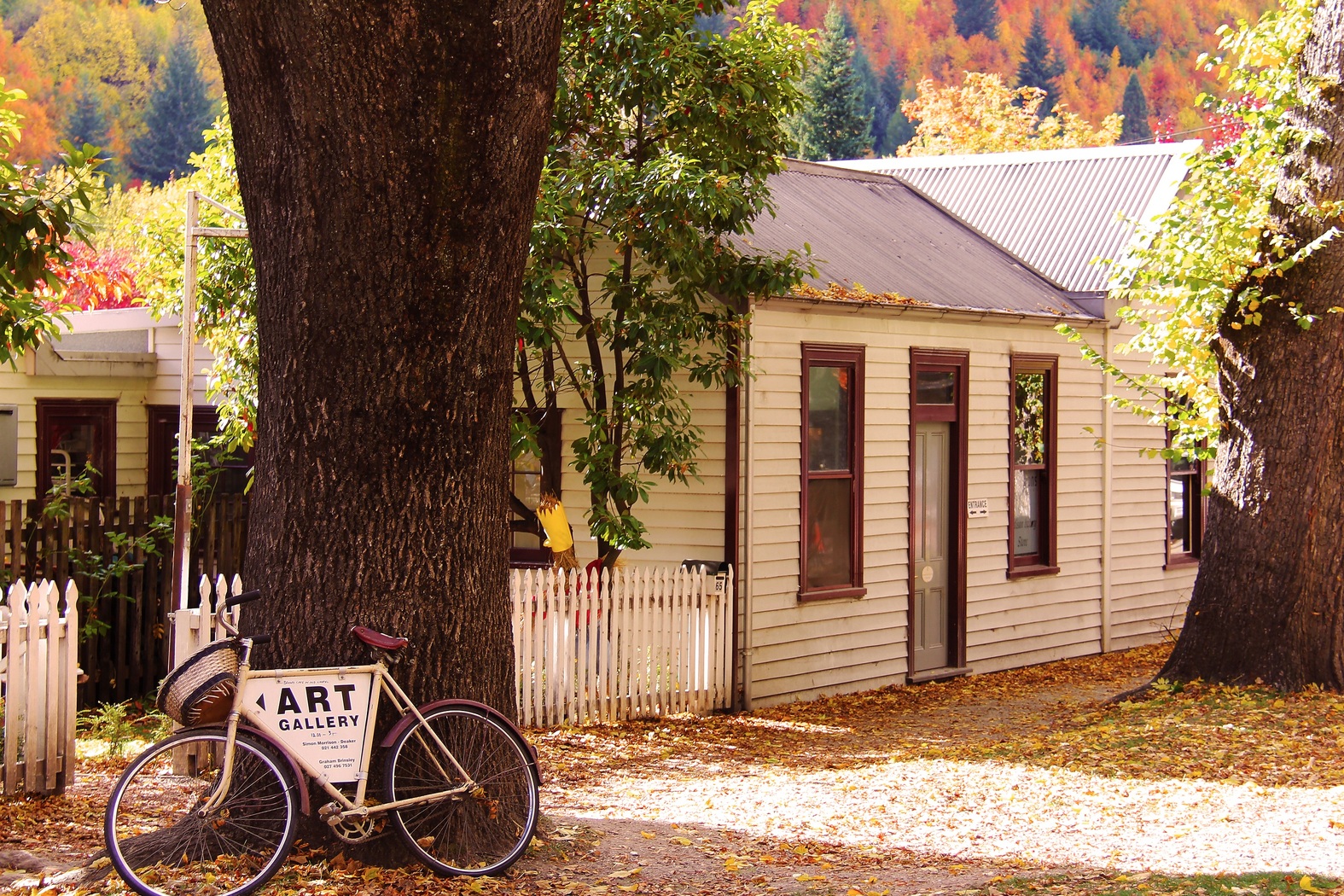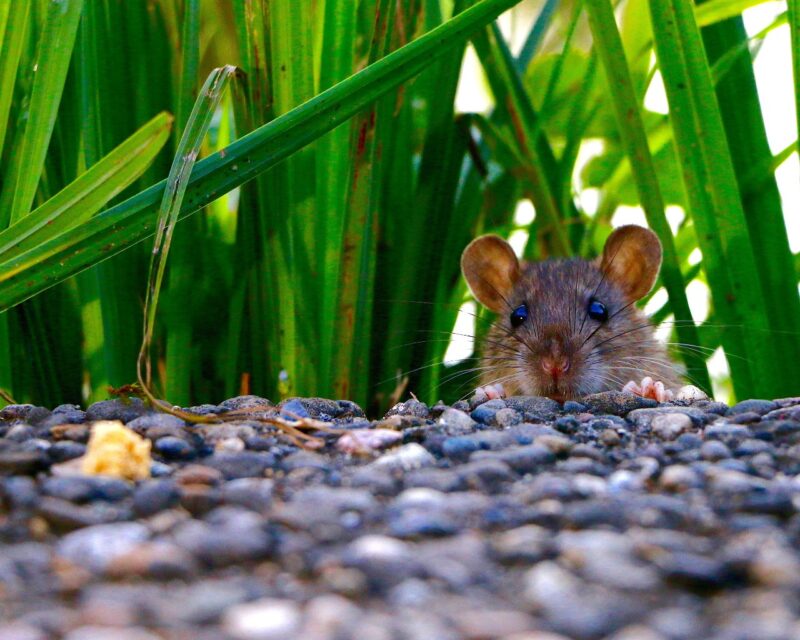Most homeowners and gardeners living in cold climates know from experience the degree of damage northern winters can inflict on their lawns, trees, and gardens. What many are not aware of, however, is that much of this damage can be avoided by taking just a few simple steps to protect their investments in the fall.
- 1. Prune Most Trees and Shrubs in Early Spring Rather Than in Fall
- 2. Shovel or Blow Snow Onto Tender Shrubs and Perennials
- 3. Keep Your Lawn Clean and No More Than 1.5" High Going Into Winter
- 4. Protect the Trunks of Young Trees With Plastic Tree Guards
- 5. Overseed Your Lawn and Apply a Specially Formulated Fertilizer in Late Fall
- 6. Leave Perennials Standing Until Next Spring, but Do Remove Fallen Fruits and Leaves
- 7. Reduce Watering of Trees and Shrubs in the Fall
- 8. Give All Evergreens One Heavy Watering as Close to Freezeup as Possible
- 9. Prevent the Formation of Ice on Lawns
- 10. Protect Shrubs and Young Trees from Animal Damage
That’s why we have canvassed a group of experts from the northern horticultural and green services industry and compiled this free list of tips to help northerners protect their yards in fall for the cold winter ahead.
1. Prune Most Trees and Shrubs in Early Spring Rather Than in Fall
It’s best to prune most trees and summer-blooming shrubs in late March while the plants are still dormant but the threat of extreme cold has passed. Plants will initiate a phase of active growth in order to properly heal fresh pruning cuts.
If this happens too close to the hard freezes of fall, the newly formed tissues may be killed and the cut may not heal properly. This also increases the risk of extreme cold penetrating the exposed cut and damaging the inner parts of the pruned branches during the coldest days of winter.
Exceptions to this rule are spring-blooming shrubs and certain trees such as birches and maples that run sap in spring; these should be pruned in mid-summer.
2. Shovel or Blow Snow Onto Tender Shrubs and Perennials
Snow makes a surprisingly effective insulator for low-growing tender shrubs and perennials over the coldest days of winter. Shovel or blow copious quantities of soft fresh snow onto tender shrubs and perennial gardens in early winter and keep it replenished throughout the winter.
Gardeners will find that with adequate snow cover, many plants from one or even two warmer hardiness zones can be sustained over the winter. Exceptions to this rule include low-lying gardens that tend to collect water in spring and gardens with bulbs such as lilies that can rot due to excess water.
3. Keep Your Lawn Clean and No More Than 1.5″ High Going Into Winter
Rake and remove all fallen leaves from all lawn areas prior to snowfall to prevent matting (laying down) and suffocation of the lawn and protect against turf diseases being trapped underneath.
The final grass height going into winter should be about half an inch lower than normal mowing height, generally reduced to about 1.5”. This reduces the risk of snow mold, powdery mildew, and vole damage over the winter.
4. Protect the Trunks of Young Trees With Plastic Tree Guards
Winter damage to young or newly planted trees often occurs as a result of sunscald, a condition where rapid heating and cooling of exposed bark on sunny days in late winter causes the cells of the bark tissues to rupture and die.
This condition primarily affects young trees and those with smooth or light-colored bark such as maple trees and is often fatal. Wrap the trunks of these trees with spiral plastic wraps, fabric wraps, or burlap to keep winter sunlight away and prevent sunscald.
5. Overseed Your Lawn and Apply a Specially Formulated Fertilizer in Late Fall
Late fall is the best time to apply fresh seed to renew a lawn; the seed lies dormant under the snow and germinates the following spring with the moisture of the melt.
Avoid using high-nitrogen fertilizers on lawns from mid-September through to the first snowfall because it promotes tender new growth which can be severely damaged by late fall freezes.
Instead, apply a fertilizer high in phosphorus and potassium after the first fall frosts but prior to freeze-up. These nutrients encourage the root development of lawn grasses which can safely continue right into winter.
6. Leave Perennials Standing Until Next Spring, but Do Remove Fallen Fruits and Leaves
Leave all spent stalks of perennials and ornamental grasses standing over winter. These help to trap snow which insulates the tender crowns of garden perennials, increasing the likelihood of winter survival, and can add visual interest to the winter landscape.
An exception is peonies and lilies, which should be cleaned up in the fall to prevent a common disease known as botrytis. However, many insect pests and disease-causing organisms overwinter in dead and fallen fruit to rise again next spring for a renewed attack.
Removing and burning all fallen fruit and any diseased foliage from the bases of shrubs, perennials, and trees, particularly fruit trees and roses, will break the cycle and reduce infestations the following spring.
7. Reduce Watering of Trees and Shrubs in the Fall
Fall watering tends to encourage inappropriate tender new growth which is more susceptible to winter damage. On the other hand, plants tend to respond to the stress of fall drought by ceasing growth and hardening off their growing parts, which increases their ability to withstand the cold northern winters.
Therefore, dramatically cut back on watering trees and shrubs from mid-September through to freeze-up, except for light waterings in very prolonged fall droughts.
8. Give All Evergreens One Heavy Watering as Close to Freezeup as Possible
Evergreen leaves continue to lose moisture over the winter from exposure to sun and wind in a process known as desiccation. However, with the ground frozen, the plants can’t replenish the lost moisture, and as a result, tissue death occurs which manifests itself as browning the following spring.
Although it is still wise to dramatically reduce watering throughout fall, evergreens will benefit from one final heavy watering as close to freeze-up as possible, which will give the evergreen foliage a boost of moisture without stimulating the plants to undertake new growth.
9. Prevent the Formation of Ice on Lawns
Ice is particularly troublesome for turf grass, compacting it and exposing it to extreme winter temperatures. Ice is likely to form for three reasons; as a result of poor drainage in a wet fall, in areas with little or no snow cover, or as a result of excessive winter foot traffic.
Ensure that your lawn has proper drainage by leveling all low spots where water can collect. Fall aeration also helps to promote good drainage. Keep human traffic off exposed lawn areas in winter. And no skating rinks on lawns, unless you really want a challenge the following spring!
10. Protect Shrubs and Young Trees from Animal Damage
Surprisingly, more northern plants are lost to animal damage than any other single winter-related cause. Hungry mice, voles, rabbits and deer will turn to the tender green branches of many shrubs and trees when food supplies become short in the depths of winter, girdling the bases of trees which eventually kills them and disfiguring shrubs and exposing their internal tissues to the bitter cold.
Plastic tree wraps and fabric guards applied to the lower trunks are the best defense for trees, while wire mesh or netting will keep animals away from shrubs. Animal-repellent paints and sprays are also relatively effective, although they may need to be reapplied in mid-winter.
Perla Irish, who is more familiarly known as Irish, is the Content Manager at newfld.com. She loves following trends around home and garden, interior design and digital marketing. Through this blog, Irish wants to share information and help readers solve the problems they are experiencing.

